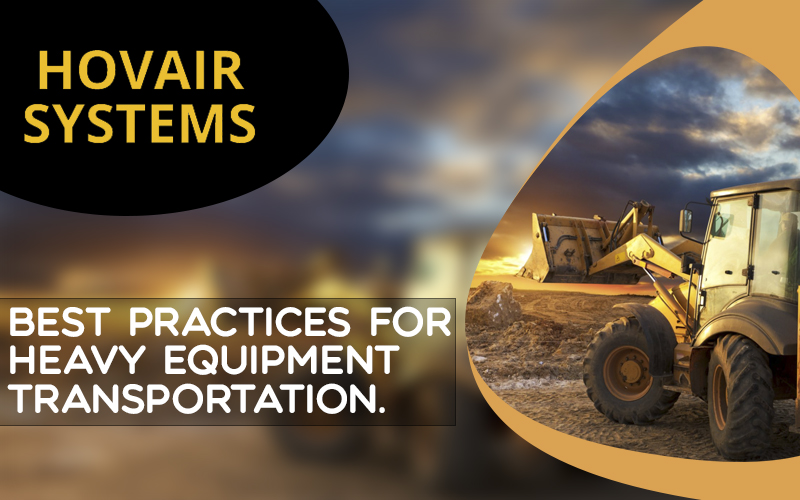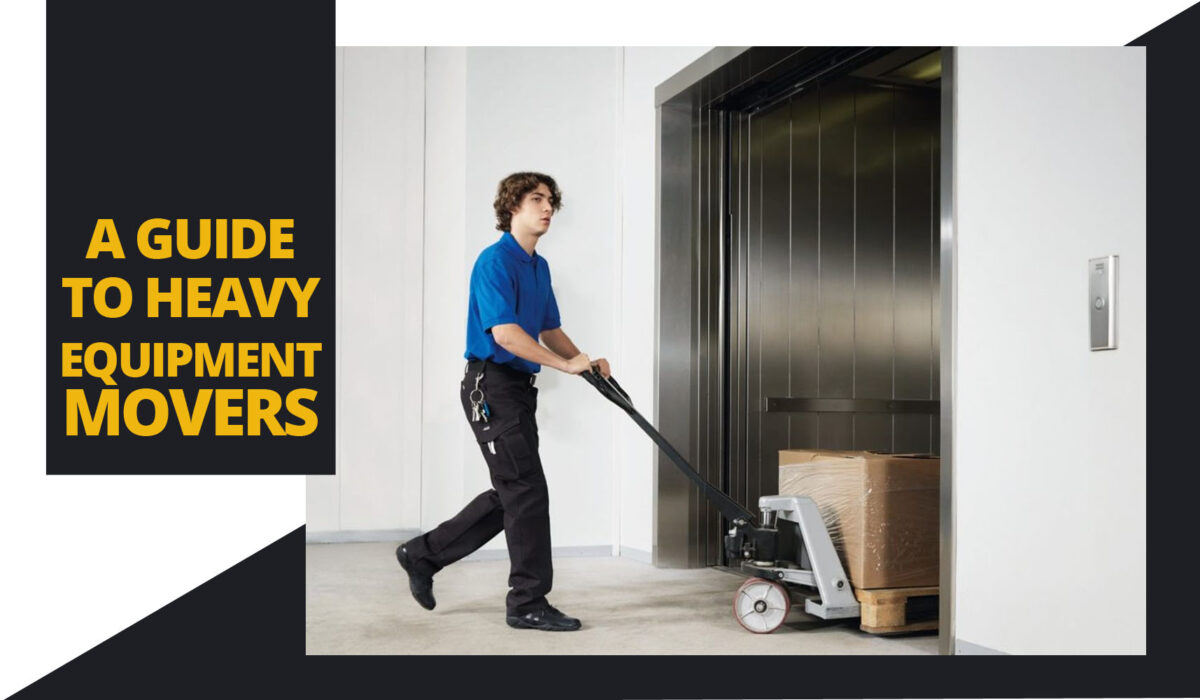Heavy machinery forms a substantial part of the everyday operations in every notable industry around the world. Whether you run a manufacturing company, construction business, manufacturing sector, pharmaceutical, or beverages, machinery and equipment remain vital for production.
Companies take great care and consideration when deploying machines to ensure the best placement possible. That said, there comes a time when businesses call Machine Movers to relocate such heavy equipment for various situations.
Machine moving is not an easy activity, as it requires professional knowledge and expertise to prevent damage to delicate parts. With the advent of technology, new machine moving equipment like air bearings and other heavy-duty transporters have made the job relatively easy. Still, companies that want to relocate heavy machinery must have a strong reason for such high scale movement. They need to consider various factors like state laws regarding the use of moving equipment and route usage.
Here we will discuss some major scenarios that compel companies to consider massive machinery relocation. We will also try to give some tips for professional machine movers to consider adding their relocation expertise:
Major Reasons for Machinery Movement
 Replacement or Removal
Replacement or Removal
Like other systems, machines also have a lifespan. After crossing that threshold, machines need part replacements or, in some cases, complete removal. The equipment also needs replacements when it becomes obsolete or damaged beyond repairs. Running any damaged or old machinery will do more harm than good. As it will not only hamper the production time and costs, it will also pose hazardous threats for everyone. At this point, businesses need professional machine movers to remove the machinery and bring in new equipment.
In-House Movement
Sometimes businesses need an in-house movement of various machine parts and equipment to accommodate space. Businesses have limited space to perform their operations and sometimes undergo massive redesigning to enhance efficiency and production. For such movement, companies usually have their equipment like forklifts or air bearings and moving teams that they use for in-house movement. In some other cases, companies erect new buildings to accommodate the machinery. The in-house movement also carries out for such phase to transfer anything heavy. This idea is also applicable for companies that manufacture machine parts, as they need to move them from production to warehouse and further.
Cross Country Movement
While this is a rare scenario, companies sometimes transfer their operational and production hubs across the country. While they may have their relocation reasons, such as operating costs or taxes, they cannot buy new machinery when moving. They want to have their old equipment transported to the new place, and they call professional machine movers like Hovair for the job.
Discarding Old Equipment
Just as a machine reaches its performance level and starts to lose its efficiency, companies have to decommission and discard them. However, the size of discarded parts may vary, and they need removal from the facility before scrapping. Such large-scale movement needs professional movers so they can take it out for proper discarding.
Upgrades
Machines and their parts need regular upgrades for optimum performance. The size of upgrade parts may vary, from small size like a screw to large ones like dynamos and generators. Companies need all the upgrades transported and unloaded with utmost care to avoid any damage. Movers use equipment like air bearings or crane systems to load and unload, depending on the part size.
Sold Equipment
Companies downsize, relocate or make changes regularly, and take care of their old equipment by discarding or selling. Discarding takes place when the machine has complete its life cycle and has outlived its usability. However, if the machine is still working or needs a few repairs, companies take the best action by selling. Once they sell the machinery, they need professional machine movers to take it to the new owner’s facility.
Risks Involved
Companies have various reasons to move heavy machinery and equipment wherever needed. They call in professionals for the job with expertise and experience. However, as the activity involves working with equipment like air bearing, forklifts, etc. there is always a potential risk present.
Some Common Risks include:
- Certain machines have sensitive parts that need careful considerations during transportation. Failure to exercise caution will result in damage to the machinery.
- Workers involved in machine moving need to take precautionary measures to avoid sustaining injuries during operations. Machines can crush a person if any body parts are stuck inside or have sharp edges that can give a lethal injury.
- There is always a chance of burns or shock damage due to extreme heat or the presence of open electrical circuitry.
Risks and accidents can cause serious injuries or, in worst cases, deaths if proper precautions are not taken into consideration. The best bet here is to have professional machine movers like Hovair to perform the activity. They have skilled and trained personnel to handle heavy equipment with ease.
Tips for Effective Movement
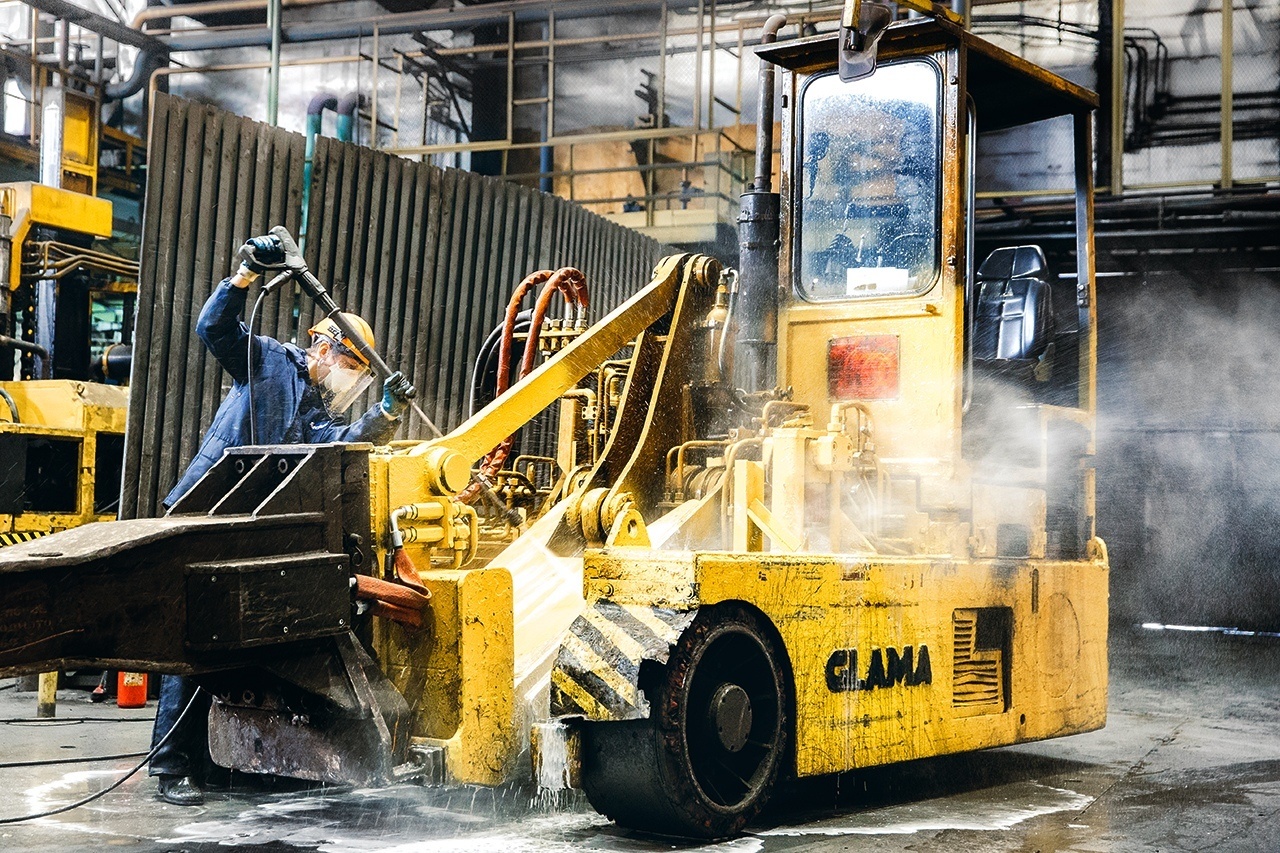 Although professional movers have the skill and expertise to carry out heavy machinery transport, they can still use some tips for making their job easier. Companies that hire such professionals can also take these points in focus for an accident-free movement.
Although professional movers have the skill and expertise to carry out heavy machinery transport, they can still use some tips for making their job easier. Companies that hire such professionals can also take these points in focus for an accident-free movement.
Planning
Planning before any activity is a recipe for success and is the first step. Have a clear plan of moving the machinery and the equipment to use like Air bearings or pulleys etc. Professional companies with a reputation in the industry take the planning phase very seriously for efficient machine transportation.
Scheduling
Keeping a clear schedule makes the process transparent and east for both the company and movers. With the plan in hand, you need to place a deadline for machine transportation. Having an exact schedule ensures that the transportation completes before the deadline without disrupting production operations.
Consider the Costs Involved
Just like everything, machine movement requires a sum of money because it involves heavy parts and equipment. Companies need to have a clear budget in mind with an idea about the amount that machine movers usually charge. Also, keep any extra carrying cost in mind and include them in the budget before commencing the activity. Movers also have various costs to consider as they use equipment and personnel for the job. Both companies and movers should negotiate the price and fees involved to avoid any inconvenience later.
Using The Right Means
Movers need to add the means of carrying out the transportation activity in their planning. They need to use different resources for various size parts and equipment. In addition, they need to take care of if they transport any fragile item. Once loaded, movers have a responsibility to transport the machine in the right condition without damage.
Open Communication
Communication is a necessary part of every industry, and this idea applies to machine movers. Always keep the channels of communication open at all times to have everyone in the loop. Communication will guide the movers about the correct location while giving companies a peace of mind knowing their machinery has reached its destination.
Precautionary Measures for Movers
- Always have trained personnel for the job with skills and experience to handle heavy machinery movement
- Ensure that the equipment used for the job, such as air bearings, have a perfect working condition to complete the task
- Make a habit of checking safety features like locks, grills, or guardrails for protection during movement
- Wear appropriate safety gear like goggles, helmets, gloves, etc. at all times
- Carry a safety device that can raise alarms in case of any emergency or accident
Always Avoid:
- Using machinery with danger signs attached and have a concerned person certify it before usage or transportation
- Wearing loose clothes, jewellery, chains or have open hair that moving machine parts might pull and cause fatal injuries
- Never distract a person operating loading, unloading, or equipment handling activity
- Removing safety grills or locks before reaching the destination
Final Word
Professional machine movers take every bit of care and professionalism to carry out a transportation activity. However, it does not hurt to have some extra knowledge to equip themselves for a job better. Professional like Hovair, have all the necessary resources and expertise to carry out heavy machinery transportation with ease. They use concerned equipment like air bearing, pulley system, etc. that suits the transportation needs. Rest assured, with such professionals on the job; you would receive a quality transportation job unmatched by anyone in the industry.

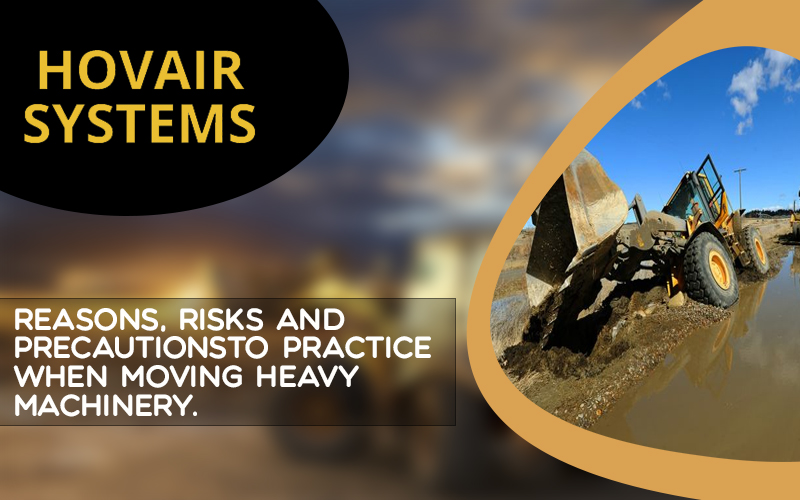
 Replacement or Removal
Replacement or Removal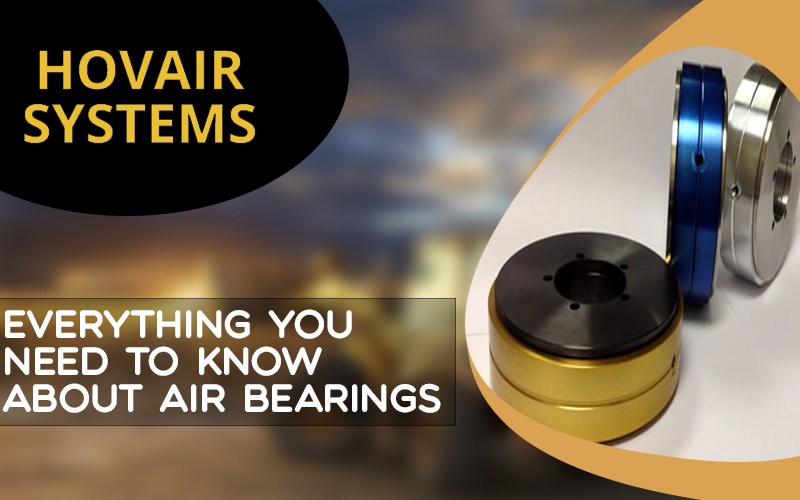
 The following are the most prominent advantages of using air-supported heavy-duty caster wheels:
The following are the most prominent advantages of using air-supported heavy-duty caster wheels: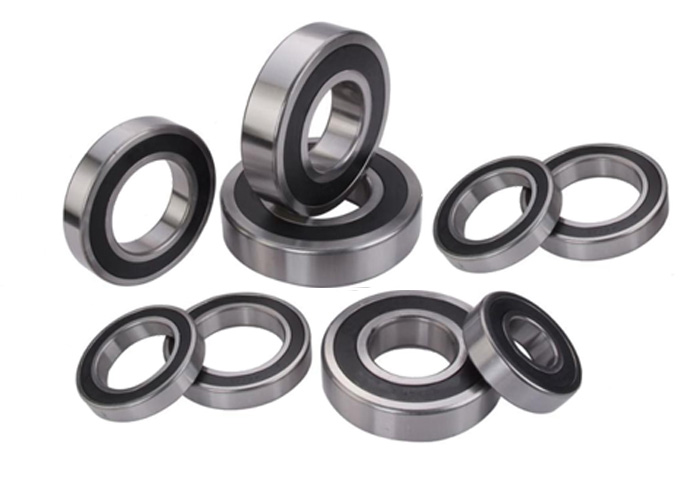 The standard application of air bearings in Flat Panel Display is for non-contact material handling in Automated Optical Inspection (AOI). AOI input and output system uses air pressure for floating glass. For other areas like inspection or coating, a combination of air pressure and vacuum happens for greater control and precise positioning.
The standard application of air bearings in Flat Panel Display is for non-contact material handling in Automated Optical Inspection (AOI). AOI input and output system uses air pressure for floating glass. For other areas like inspection or coating, a combination of air pressure and vacuum happens for greater control and precise positioning.